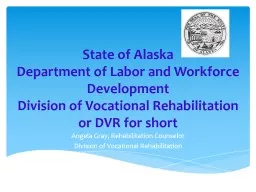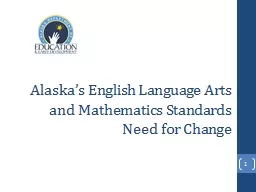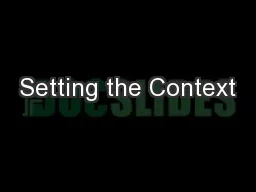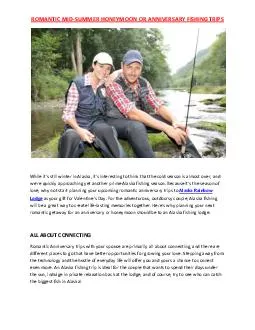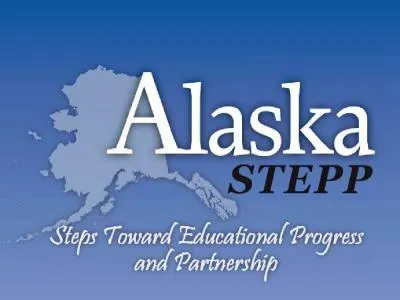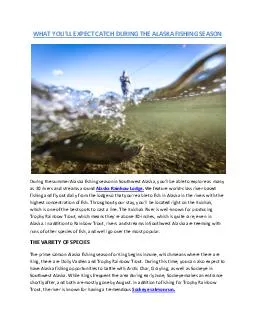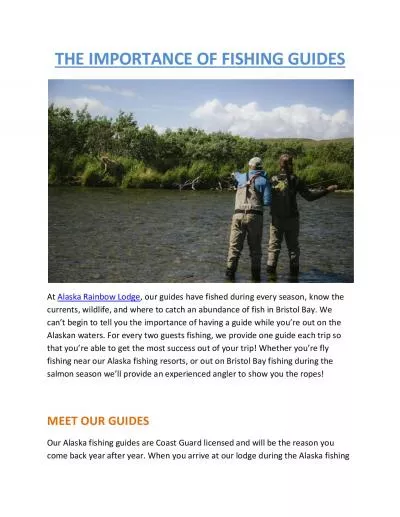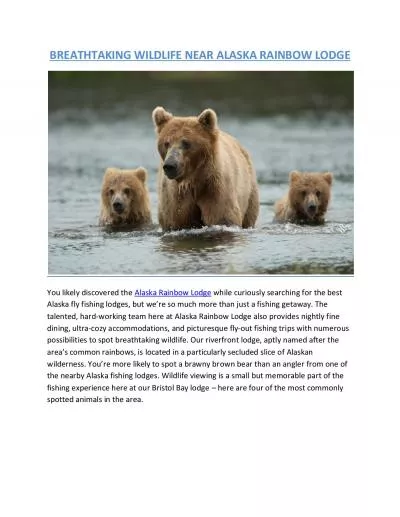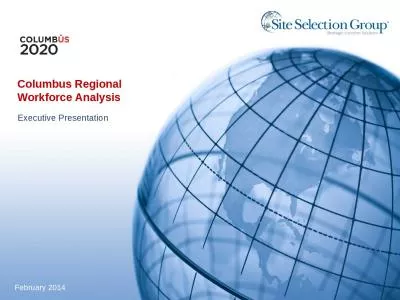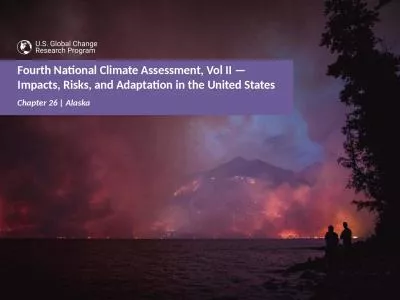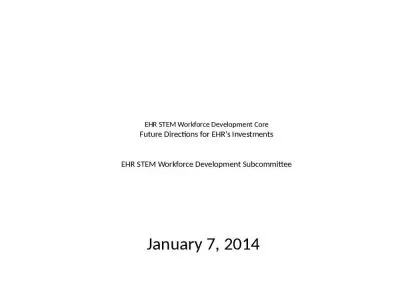PPT-State of Alaska Department of Labor and Workforce Development
Author : marina-yarberry | Published Date : 2018-11-18
Division of Vocational Rehabilitation or DVR for short Angela Gray Rehabilitation Counselor Division of Vocational Rehabilitation ADVR helps Alaskans with disabilities
Presentation Embed Code
Download Presentation
Download Presentation The PPT/PDF document "State of Alaska Department of Labor and..." is the property of its rightful owner. Permission is granted to download and print the materials on this website for personal, non-commercial use only, and to display it on your personal computer provided you do not modify the materials and that you retain all copyright notices contained in the materials. By downloading content from our website, you accept the terms of this agreement.
State of Alaska Department of Labor and Workforce Development: Transcript
Download Rules Of Document
"State of Alaska Department of Labor and Workforce Development"The content belongs to its owner. You may download and print it for personal use, without modification, and keep all copyright notices. By downloading, you agree to these terms.
Related Documents

